Sustainable tourism isn’t just about carbon offsetting, conservation centres and eco-lodges. When we talk about responsible travel, we’re also talking about supporting local businesses, respecting local cultures, and promoting mutual understanding between our own culture and those we visit.
This is why it’s of the utmost importance that you familiarise yourself with the local customs of your destination country (or countries) before you travel. You don’t need to get it right all the time – but a little work goes a long way! If local people can see that you’ve made the effort to learn about their culture, they can see that you care – and will be much more likely to care about you in return.
In this blog post we’ll cover all the main etiquette dos and don’ts for Vietnam, Cambodia and Laos. Though customs do differ across countries and regions, there are many areas of overlap – and in general it’s safe to follow these guidelines in any Southeast Asian country. If you can think of anything we’ve missed, please let us know in the comments!
Proper dress
Dressing respectfully is one of the most important items on this list – because dressing disrespectfully is one of the easiest ways to cause offence.
Vietnam, Cambodia and Laos are relatively conservative societies, so it pays to dress modestly. Bikinis, short shorts and sleeveless tops are fine on the beach – but wear them anywhere else and you’re likely to cause offence without even realising it. It’s very important to cover your knees and shoulders at temples or other places of worship, but in everyday situations this dress code can be relaxed a little. Footwear and headgear should always be removed before entering a religious space or a private home.
On the subject of (im)proper dress – bafflingly, in recent months it seems to have become something of a “thing” for foreign tourists to get their kecks off and take photos of themselves around Cambodia – particularly at Angkor Wat. This is not a good idea. (Did we need to tell you that? Really?). Angkor Wat is a functioning religious site and a source of great pride for Cambodians, so this kind of behaviour is, obviously, very offensive – and likely to get you kicked out of Cambodia.
Heads and feet
Since Vietnam, Cambodia and Laos are all predominantly Buddhist countries, many of their social conventions reflect Buddhist thinking. One of the beliefs that has filtered into society through Buddhism is that the head is sacred, while the feet are unholy.
This means that it is very rude to touch somebody on the head, and you must never touch any part of someone else with your feet. You must also be careful never to point with your feet, sit with your feet directed towards someone (or a religious image), step over anyone who’s sitting on the floor, or place your feet higher than someone else’s head. All of these are social faux pas in Indochina.
Haggling
As a general rule, haggling is more commonplace in Vietnam than it is in Cambodia or Laos – where negotiations tend to be rather more gentle and mild-mannered.
The first and most significant rule in all bargaining is to keep smiling! As in many Asian countries, in Vietnamese culture maintaining “face” is very important, so ensuring both parties come out of a transaction with pride and dignity intact is the goal.
There can be a tendency for foreigners to feel a little aggrieved that they are being “ripped off” by being charged a higher price than locals, and this sense can colour the tone of negotiation. Better perhaps to accept that most of the people you are dealing with are smart businesspeople with limited resources, seeking to make a decent living, and that in a culture where negotiating is commonplace the first price is expected to be rejected.
Places to try your skills are when hunting for souvenirs in markets or street stalls (if prices are fixed they will display a sign to that effect), buying fruit or snacks from vendors, and when using a cyclo or xe om. You will not normally be expected to haggle in restaurants or street food stalls, or in larger stores with displayed pricing. Taxis are now metered by law, and we would advise against getting in any that are not.
This post will be followed by another containing our top tips on how to rule at haggling, so watch this space!
Tipping
There is generally little tipping in either Vietnam, Cambodia or Laos – however in tourist-focused areas it has become more common, and is certainly appreciated. In general, no tip is expected at restaurants or in taxis, but it is accepted that those working in the tourist industry now supplement their income through the tips they receive from their clients.
If you are happy with the service that has been provided – by a guide, for example – you could offer a tip of a couple of US dollars (for a short tour), or 8-10 dollars (for a full day of guiding). In the case of guides and drivers, custom has it that the tip should be given at the end of the time spent with them, which is usually at the airport or station at which they drop you. It can be given in an envelope if preferred.
Table manners
As in most Asian countries, standing your chopsticks upright in your bowl of rice is a big no-no (as anyone who’s seen the film Wolverine will know). This is because it looks very much like the incense burnt for the dead at funerals – so is considered a bad omen.
If you are invited to dine with a Southeast Asian family, you should wait to be told where to sit before making yourself comfortable at the table, and wait for the oldest person in the party to begin eating before you tuck in. It is acceptable to use a toothpick after your meal, but be sure to use one hand to cover your mouth while you do so. In Vietnam, it is also polite to pass dishes using both hands.
Monks
In most Buddhist countries – but especially in Laos – it is taboo to make physical contact with monks. If you are a woman, you must not even pass something to a monk; instead you should either place it on the ground for the monk to pick up, or pass it to a male companion or guide to pass to the monk.
Sexual attitudes
Since the countries of Indochina are quite conservative, public displays of affection are considered very bad taste – no matter where you are in Southeast Asia. Holding hands is about as raunchy as you’re allowed to get – so try to avoid the displeasure of your hosts and keep it clean, kids.
Greetings & gestures
In many cultures in Asia, people greet each other by placing their palms together and bowing. In Laos this is called a nop, while in Cambodia it’s called a sompiah – but, as a Westerner, in most cases you’re more likely to be greeted with a handshake.
It’s also useful to remember that in Asia, when beckoning to somebody you should do so with your fingers pointing downwards – as to do so with your fingers pointing upwards (as we do in the West) is offensive.
Temper tantrums
Losing your temper will get you nowhere in Vietnam, Cambodia or Laos. Rather than get what you want, you are more likely to incur disdain and amusement – so no matter how frustrated you are, remember to keep your cool!
Photos
Always ask before taking a photo of somebody. Imagine how you would feel if you found yourself an unwilling tourist attraction for foreign visitors – and behave towards others as you would have them behave towards you.
Local language
As is true in any country across the world, any effort to communicate in the local language – however small – will be well received and get you into everybody’s good books. Even if you only learn the words for “hello”, “please”, and “thank you”, it’ll show that you’ve put at least some time and effort into understanding the local culture – a fact that you’ll find is much appreciated wherever you go.
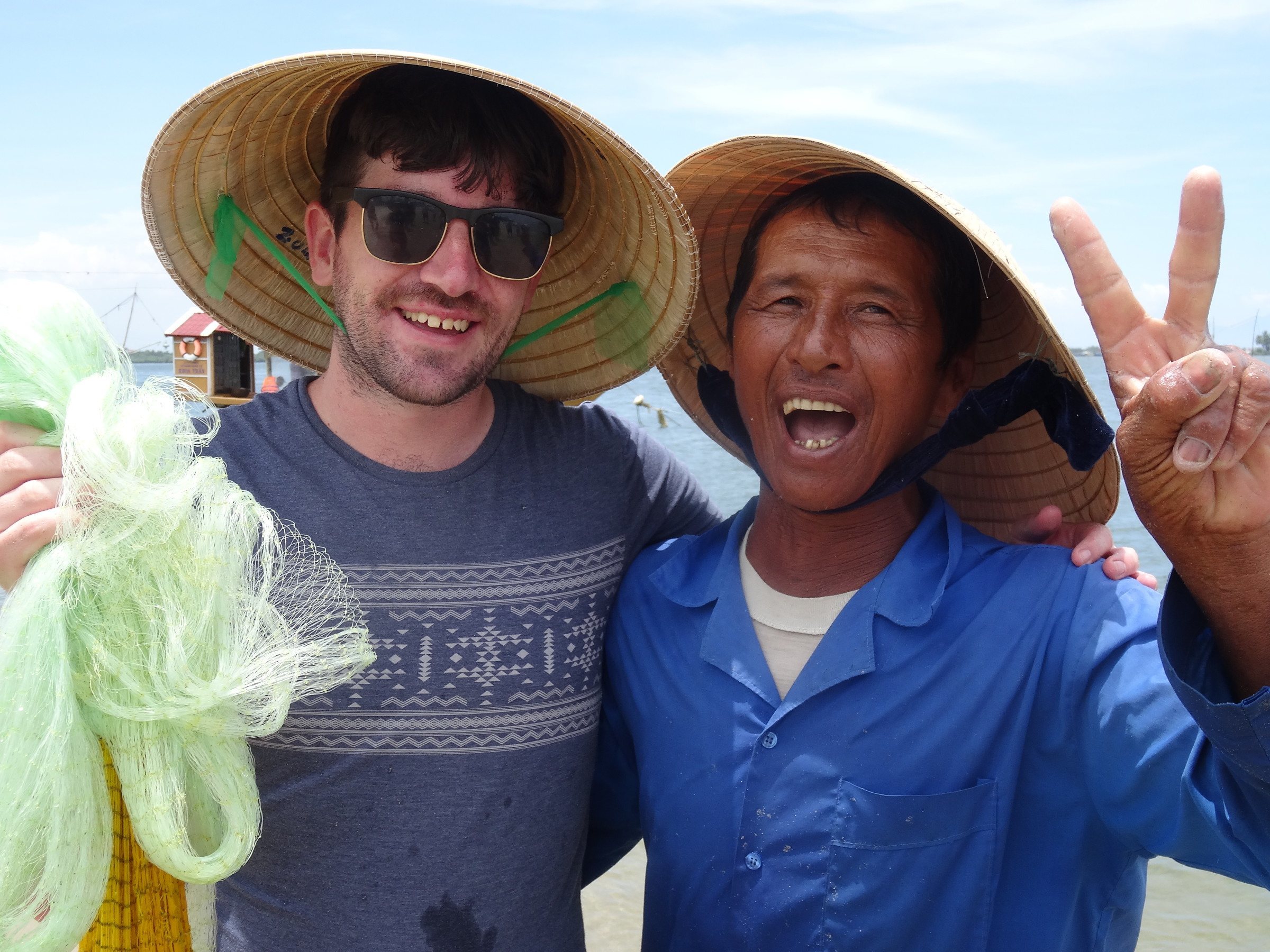

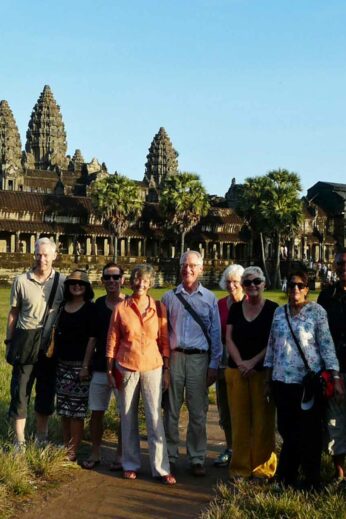
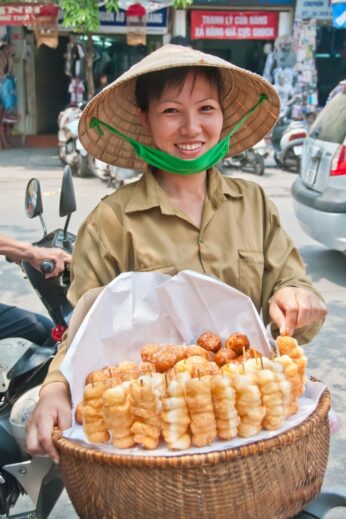
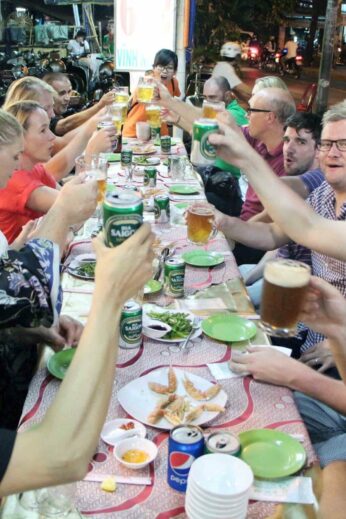
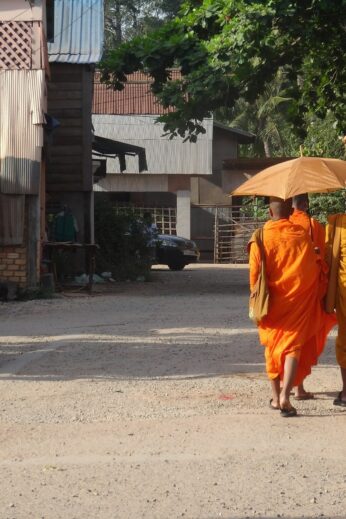
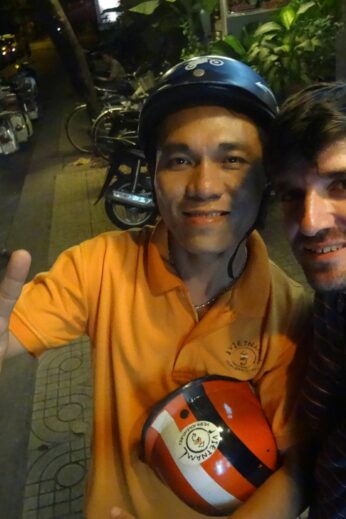



Reblogged this on Life SE ASIA MAGAZINE .